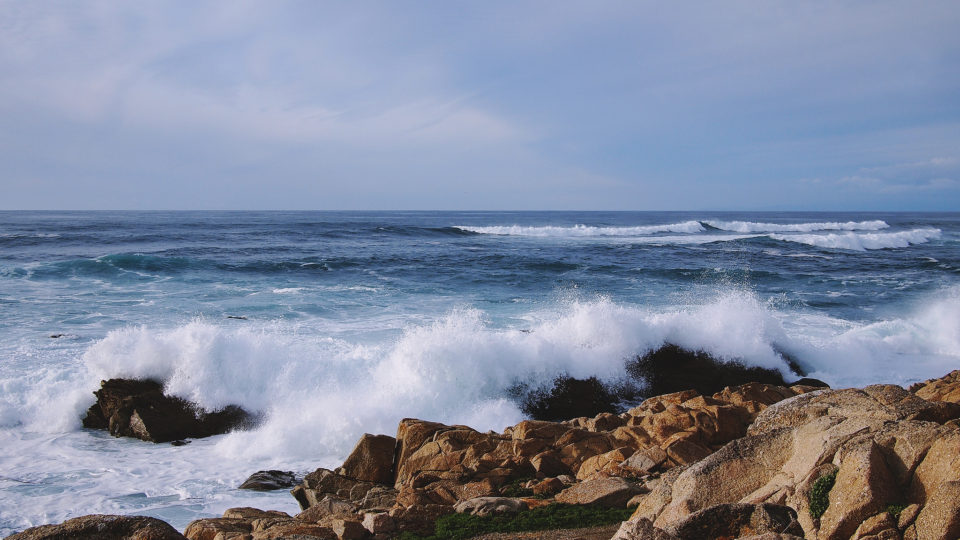In recent years, there have been multiple reports of microplastic contamination seemingly everywhere: in the ocean, in lakes and rivers, in beverages and foods, and in the bodies of birds, fish, and even people. As the world tries to come to grips with this growing problem, there are many things that we simply don’t know.
Microplastics are usually formed by the breakdown of larger pieces of plastic. Shopping bags and cups degrade into microplastics. Microfiber clothing generates microplastics in washing machines. And some manufacturers still intentionally add microplastics to personal care products like toothpaste and facial scrubs.
Technically, a microplastic is any piece of plastic measuring five millimeters in size down to one micron – which is one thousandth of a millimeter. But there can be even smaller plastic particles classified as sub-microplastics and even nanoplastics.
A real concern is that it is not actually clear how dangerous microplastics are for living organisms. We know that aquatic and terrestrial species – including humans – can and do absorb microplastic particles, but whether there is actual toxicity and the nature of any detrimental effects is not yet well understood.
Another real problem is that it is actually not easy to distinguish microplastics from other particles in a given sample. When you are looking at a particle that is smaller than a millimeter in size, it is not easy to tell whether it is a grain of sand, a bit of cellulose from a plant, or a microplastic. There are reliable and definitive ways to analyze samples for microplastics, but they are not as simple and commonplace as just looking through a microscope.
Microplastics are a rapidly growing problem and we don’t even really know how big and how bad the problem is.
**********
Web Links
How dangerous is microplastic?
Photo, posted January 10, 2015, courtesy of Daria Nepriakhina via Flickr.
Earth Wise is a production of WAMC Northeast Public Radio.



